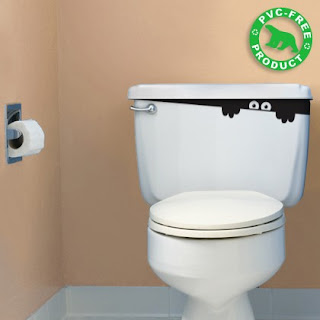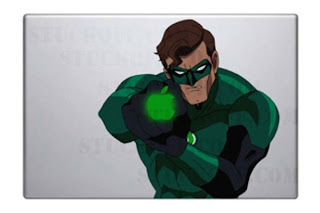A concept artist must be able to work:
- collaboratively
- from a strict brief
- to a time limit
- in many different styles
- with movement and accurate relevant physics involved (physics can be game specific)
- creating storyboards
- in both complex and simple styles
- in a style which is easy to convert to 3D
A brief can be extremely lose
"Give me a tank. I want the tank to have a personality. Maybe give the tank a face or something."
or incredibly specific, with pages of information about the entire job, the company, the feel of the project and the look of every detail.The image below is taken from the game StarCraft and is a typical example of a functional set, with buttons in the form of set components, which navigate to other screens or sets in the game. The red arrows indicate the functional buttons. When moused over they are highlighted. When clicked on, they 'zoom' in to 'look' at the relevant 'screen', a method of navigating to another page. A concept designer would be given a brief to create this scene including the design of the buttons and their 'close up' versions.

The design work would also include the characters and their movement, backgrounds, explosions, lighting and the more commonplace objects and buttons.
So basically , a concept artist is someone who has our job and the ability to draw really, really well.
For a great animation reel watch http://www.blur.com/movies/animation_reel.html
This company creates animation for movies and animated movies for computer games.
http://www.animationarena.com/concept-art.html
http://en.wikipedia.org/wiki/Game_artist
http://www.wasker.com/
http://www.adambrockbank.com/
http://www.conceptart.org/?section=jobs
http://turtleart.net/artists.php
http://www.tegehel.org/
http://www.aaronstgoddard.com/design.php?s=3&id=45&x=p&p=10
http://www.eklettica.com/
http://www.gamecareerguide.com/features/413/game_art_and_animation_an_introduction.php
http://www.blur.com/#
http://www.princetonol.com/groups/iad/jobs/video.html


















.jpg)



.jpg)
.jpg)



.jpg)
































